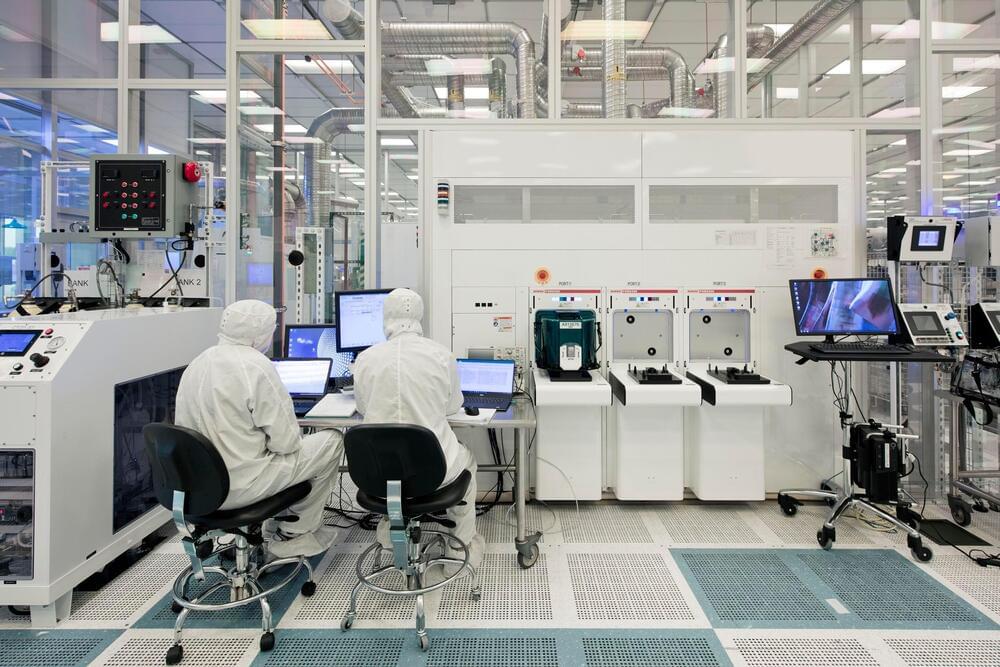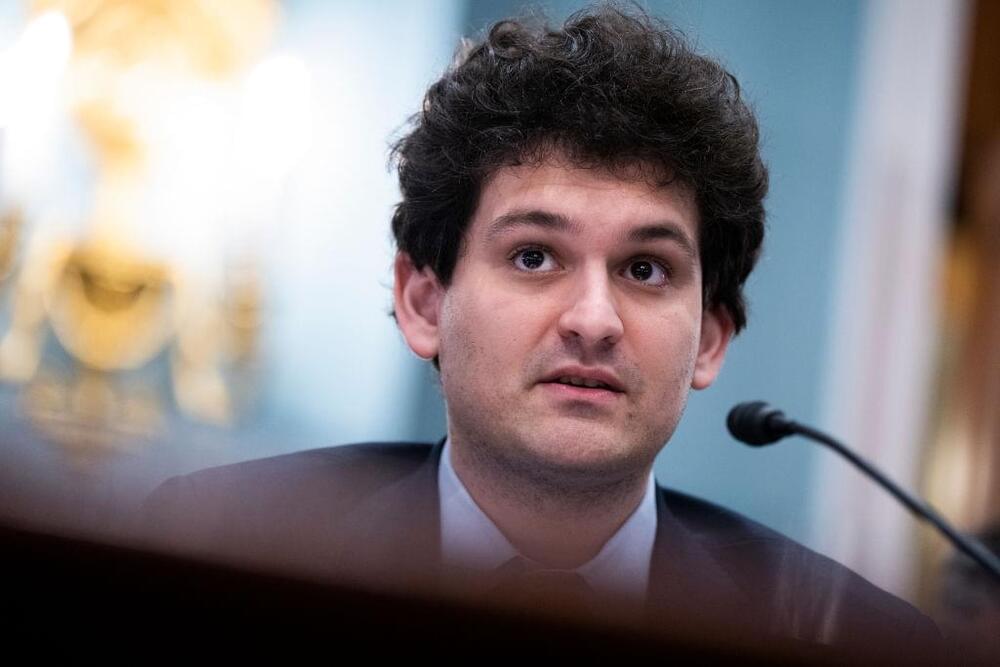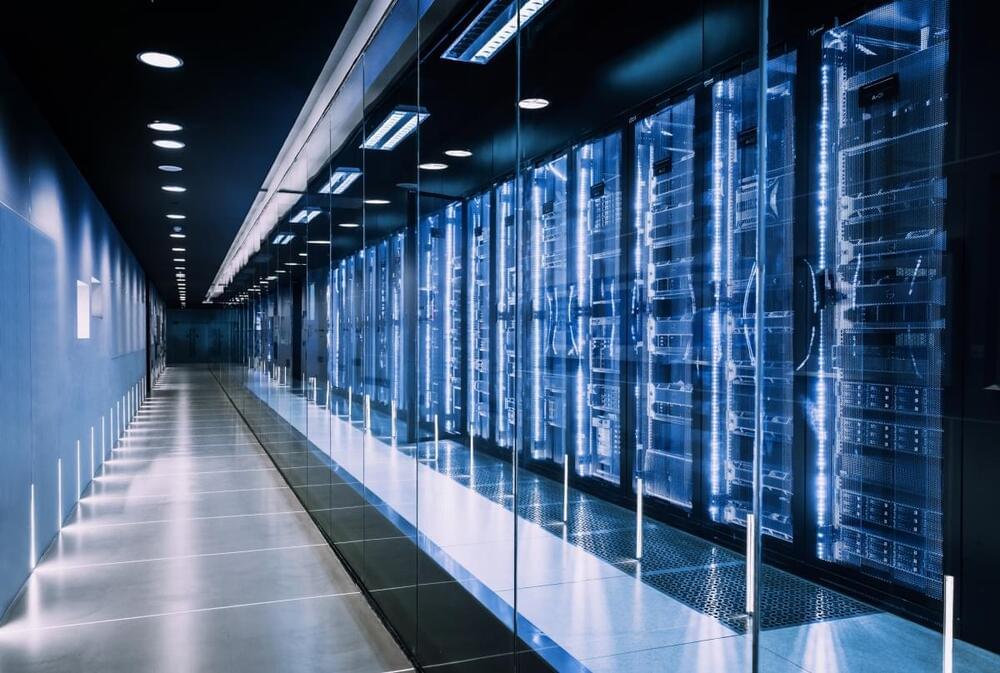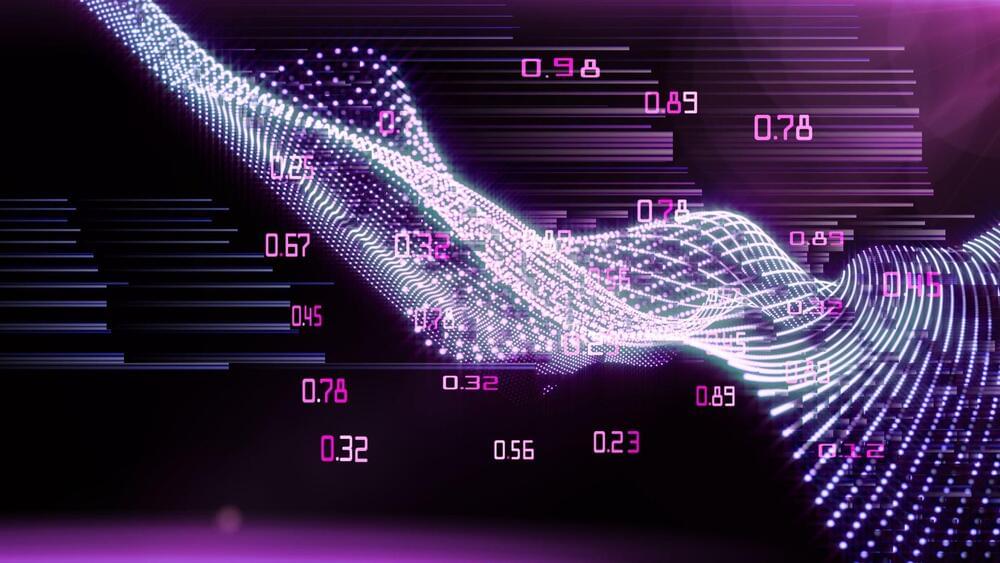Standing among solar arrays and power grid equipment at the National Renewable Energy Laboratory (NREL), you might hear a faint, distorted melody buzzing from somewhere. You are not hallucinating—that gray box really is singing the Star Wars Theme, or the ice cream truck song, or Chopin’s Waltz in A minor. Power system engineers are just having some fun with an NREL capability that prevents stability problems on the electrical grid.
Usually, the engineers send another kind of waveform through the inverters and load banks: megawatts of power and voltage vibrations at many frequencies. The purpose of their research is to see how energy devices and the grid interact—to get them “in tune” and prevent dangerous electrical oscillations that show up like screechy feedback or a booming sub-bass.
The engineers can do this analysis at high fidelity with NREL hardware using the lab’s advanced impedance measurement system, and they have also produced a commercially available software called the Grid Impedance Scan Tool or GIST that can do the same with simulated power on device models, allowing any manufacturer or grid operator to certify grid stability with renewable energy resources.





